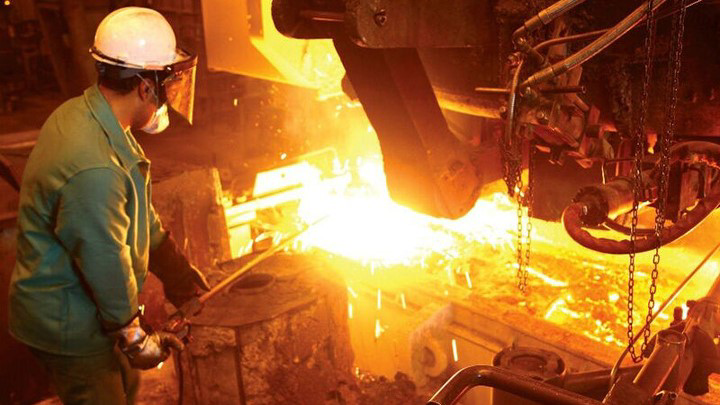High-speed rail to link China to Iran
Chinese authorities have proposed a high-speed railway connecting its western city of Urumqi to Tehran, the country’s biggest English-language newspaper, China Daily, says.
The proposed Silk Road route will connect China to West Asia, stretching from Urumqi and Yining to Almaty in Kazakhstan, Bishkek in Kyrgyzstan, Tashkent and Samarkand in Uzbekistan, Ashgabat in Turkmenistan to the Iranian capital.
It was put forward by China Railway Corp authorities at a forum on the One Belt, One Road initiative -- the Asian giant’s bold scheme to rebuild Silk Road trade links with Europe and Asia.
Iran is participating in the ambitious plan to resurrect the Silk Road, connecting Asia to Europe and Africa through a network of roads, railways, ports and airports.
Stretching from Hungary to Indonesia, Beijing estimates the initiative will annually create more than $2.5 trillion of trade among the countries in a decade.
The new link would be complementary to the existing railway network in central Asian nations, which mostly runs to Moscow.
Iran is currently linked to Central Asia through a rail corridor which connects it to Kazakhstan and Russia through Turkmenistan, and another to Europe via Turkey.

The One Belt, One Road initiative comes from the shortening of the Silk Road Economic Belt and the 21st Century Maritime Silk Road.
The two routes combined encompass a territory housing 4.4 billion people or 63% of the world’s population. The aggregate wealth of the countries involved adds up to $21 trillion or 29% of the world’s gross domestic product.
The initiative would involve financing infrastructure projects in 65 nations across Central and Southeast Asia, the Persian Gulf, the Middle East and Europe.
The ancient Silk Road, established more than 2,100 years ago, connected the Han dynasty’s capital of Xian to Persia.
Through it, Iran’s grapes, beans, pomegranates, spinach, onions and other special products were introduced into China while tea, ginger, mulberries, peaches, apricots and oranges were brought to Iran over a period of more than 1,000 years.
Earlier this year, Chinese authorities toured Iranian ports, including Shahid Rajaee in the Persian Gulf, to assess infrastructure development grounds.
Apart from its economic significance, the grand project is believed to lead to significant geopolitical changes.
According to many observers, it could spell the collapse of US economic dominance through the dollar and lead to the prevalence of trade in local currencies. It could also put an end to European monopoly on international shipping.

Iran’s steel output up 3.7% y/y to 3.3 million mt in March

Iran’s annual inflation up 0.7% to 33.2% in April: SCI

Iran’s annual dairy exports double to nearly $1 billion
Syrian militants enslaving Alawite women in Idlib governorate: Report
VIDEO | US pro-Palestinian campus protest
VIDEO | Palestinian civil defense rejects Israel’s probe and exposes the crime
India downgrades ties with Pakistan after deadly Kashmir attack
Iran’s steel output up 3.7% y/y to 3.3 million mt in March
There is good chance that US and Iran can reach an agreement: Veteran diplomat
VIDEO | Yemen faces environmental crisis due to oil spill caused by US strike
Israeli forces murder minor, critically injure young Palestinian during West Bank raids







 This makes it easy to access the Press TV website
This makes it easy to access the Press TV website